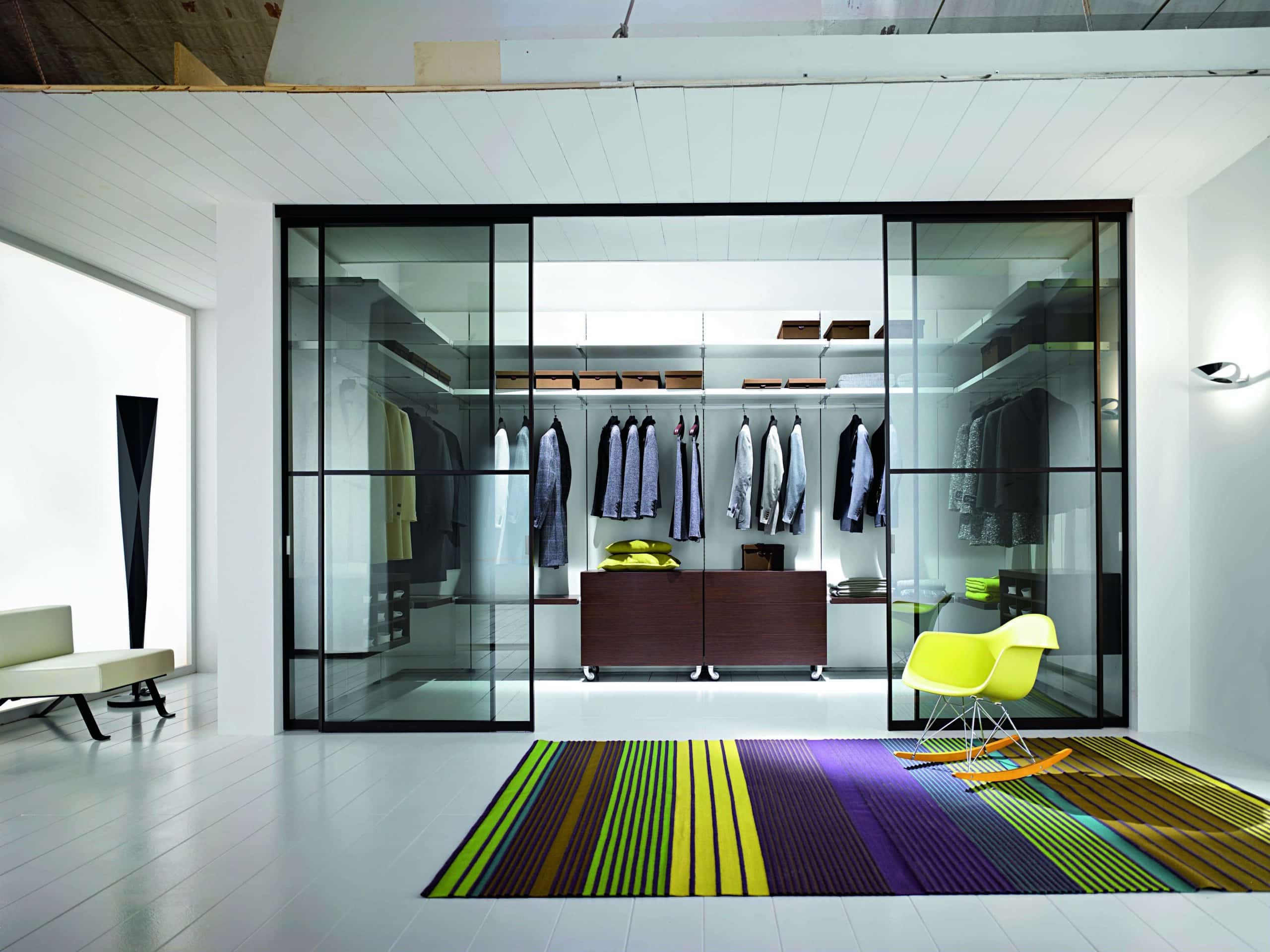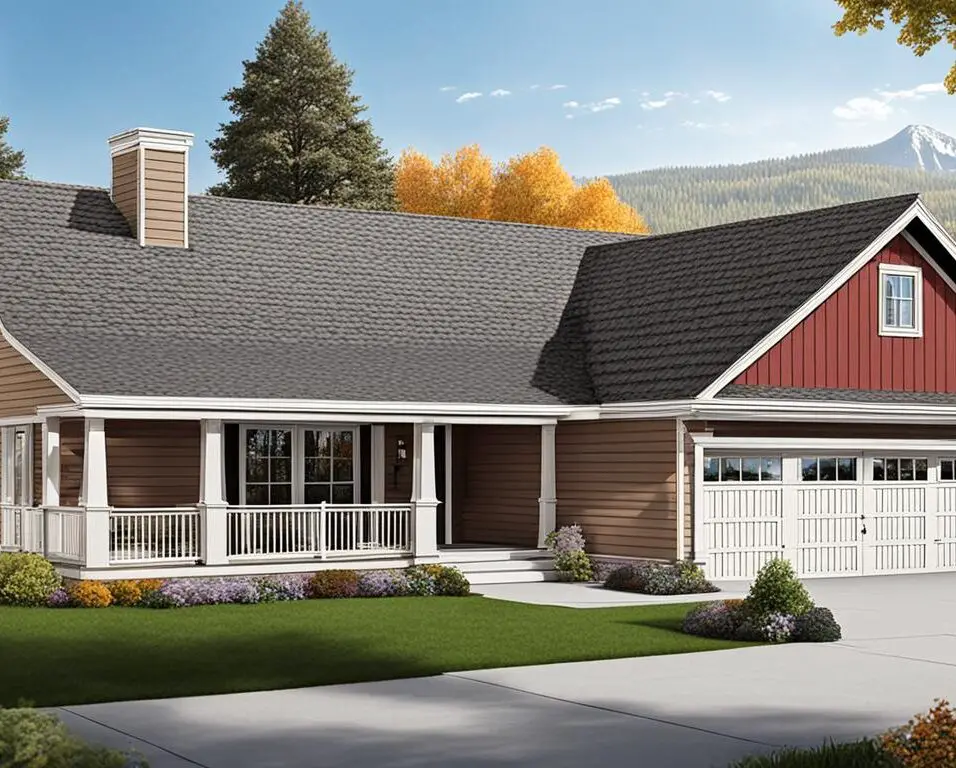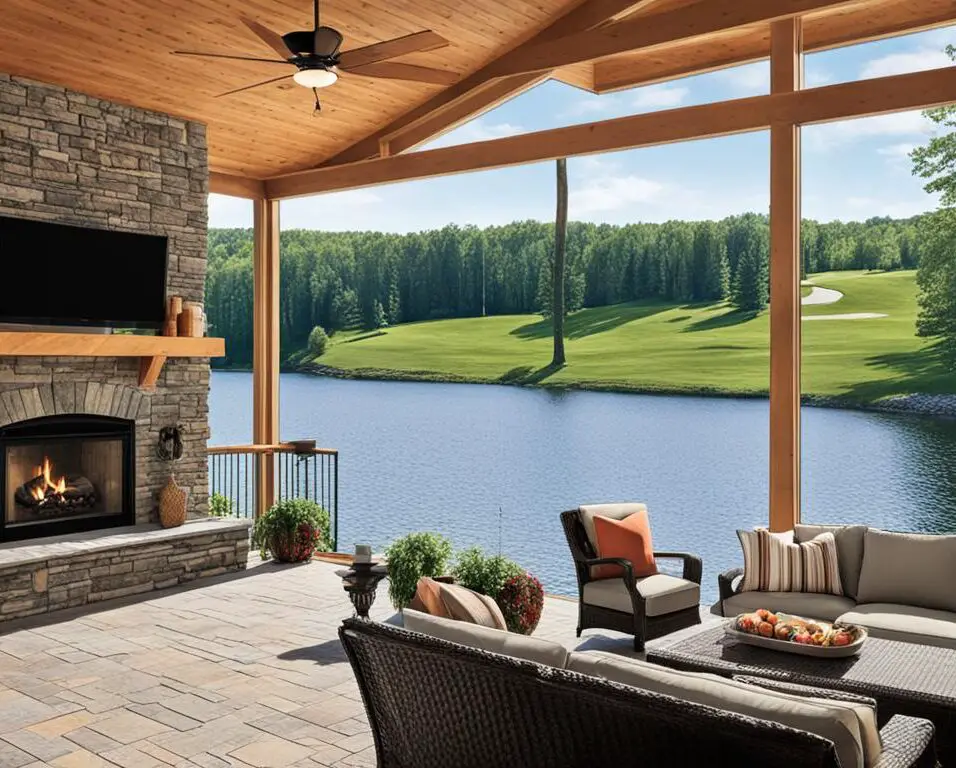How To Build Built In Wardrobe With Sliding Doors
Introduction
How To Build Built In Wardrobe With Sliding Doors: Are you tired of cluttered closets and limited storage space? Do you dream of having a sleek and organized wardrobe that perfectly fits your needs? If so, then building a built-in wardrobe with sliding doors may be the perfect solution for you. Not only will it provide you with ample storage space, but it will also add a touch of elegance and sophistication to your bedroom or dressing area.
Building a built-in wardrobe with sliding doors is a project that requires careful planning and execution. It involves designing the layout, selecting the materials, and assembling the wardrobe from scratch.
One of the first steps in building a built-in wardrobe box with sliding doors is to determine the size and layout of the wardrobe. Measure the available space in your room and consider how much storage space you require. Think about the types of items you will be storing in the wardrobe, such as clothing, shoes, and accessories, and plan accordingly.
Next, you will need to select the materials for your wardrobe. Choose high-quality materials that are durable and will withstand the test of time. Consider using plywood or MDF for the frame and shelves, as they are sturdy and easy to work with. For the doors, opt for sliding doors made of glass or mirrored panels to add a touch of elegance and create the illusion of a larger space.
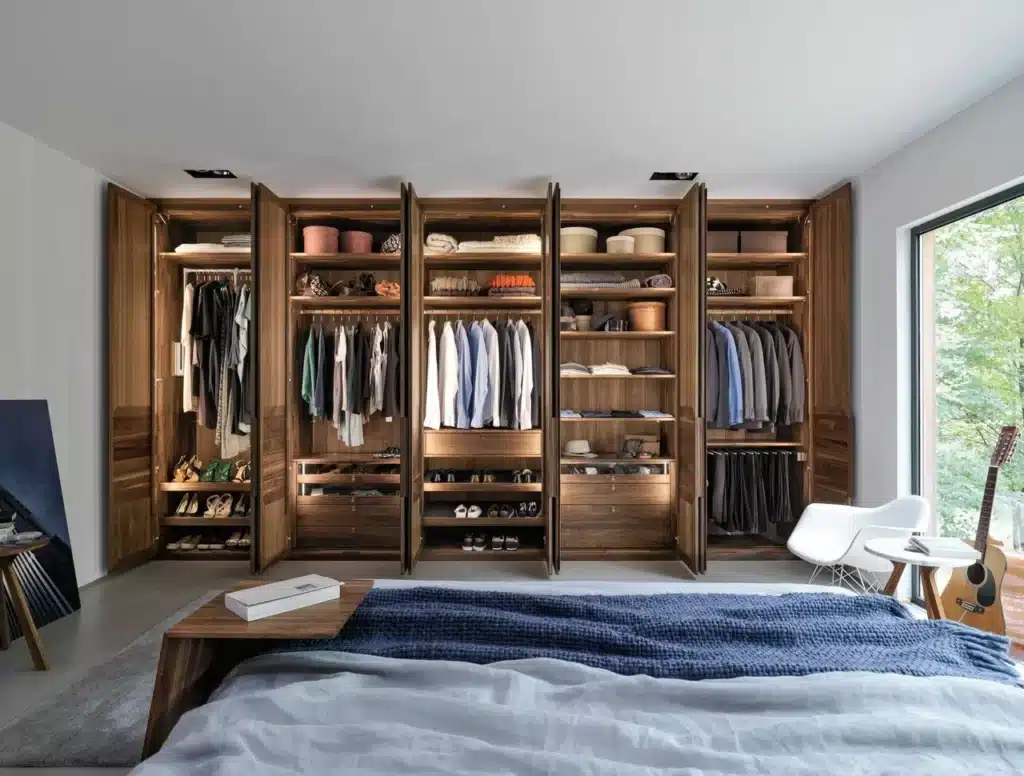
How to build a sliding wardrobe door?
Step by Step Guide to Fitting Sliding Wardrobe Doors
- Clear the room.
- Check levels.
- MDF Batton.
- Fix the bottom rail.
- Fix the back edge of the floor rail.
- Lay the floor rail over.
- Ensure the floor rail is 100% level.
- Level across its width
Building a sliding wardrobe door can be a great way to maximize space and add a touch of elegance to your bedroom. Whether you are looking to replace an existing door or create a new one from scratch, the process can be relatively simple with the right tools and materials. In this guide, we will walk you through the steps to build your own sliding wardrobe door.
Step 1: Measure and plan
Before you begin building your sliding wardrobe door, it is important to measure the space where the door will be installed. Take accurate measurements of the height and width of the opening to ensure a proper fit. Once you have the measurements, you can start planning the design of your door. Consider the style and materials you want to use, as well as any additional features such as mirrors or panels.
Step 2: Gather materials and tools
Once you have a plan in place, gather all the necessary materials and tools. This may include wood or metal for the frame, panels for the door, sliding door hardware, screws, and a drill. Make sure you have everything you need before you start the construction process.
Step 3: Build the frame
Start by building the frame for your sliding wardrobe door. Measure and cut the wood or metal to the desired dimensions, ensuring that it is square and level. Use screws to secure the frame together, making sure it is sturdy and well-constructed. If you are using metal, you may need to weld the pieces together for added strength.
Can you add sliding doors to wardrobe?
Creating your sliding wardrobe doors couldn’t be simpler. Once you have your doors and tracked at home, fitting them should only take 2-3 hours. Take into account your wardrobe interior system and measure up appropriately from the back wall to allow for this.
Yes, it is possible to add sliding doors to a wardrobe. Sliding doors are a popular choice for wardrobes as they offer several advantages over traditional hinged doors. They are space-saving, stylish, and provide easy access to the contents of the wardrobe. Whether you have an existing wardrobe or are planning to build a new one, sliding doors can be a great addition.
One of the main benefits of sliding doors is that they save space. Unlike hinged doors that swing open, sliding doors slide along a track, allowing you to make the most of the available space in your room. This is especially useful in small bedrooms or rooms with limited space. Sliding doors also eliminate the need for extra space in front of the wardrobe to accommodate the door swing.
Stylish and Space-Saving: The Appeal of Sliding Doors for Wardrobes
Sliding doors are also a stylish choice for wardrobes. They come in a variety of materials, finishes, and designs, allowing you to customize the look of your wardrobe to match your personal style and the overall decor of your room. Whether you prefer a sleek and modern look or a more traditional and rustic feel, there are sliding door options available to suit your taste.
In addition to their space-saving and stylish qualities, sliding doors also provide easy access to the contents of your wardrobe. With hinged doors, you may need to move items out of the way or open multiple doors to reach the back of the wardrobe. Sliding doors, on the other hand, allow you to easily slide them open and access everything inside without any obstructions.
Overall, adding sliding doors to a wardrobe is a practical and aesthetically pleasing choice. They save space, enhance the look of your room, and provide convenient access to your belongings. Whether you are looking to upgrade your existing wardrobe or create a new one, consider adding sliding doors for a functional and stylish solution.
Is it possible to build your own built in wardrobe?
Introduction: Built-in Wardrobe
They’re pretty simple to build, and make a good project for someone wanting to develop their DIY skills. You’ll get experience in how to frame a wall, how to put up drywall, how to plaster, and how to install a set of sliding doors.
Yes, it is definitely possible to build your own built-in wardrobe. Building your own wardrobe allows you to customize it according to your specific needs and preferences. It also gives you the opportunity to save money compared to buying a pre-made wardrobe from a store. However, building a built-in wardrobe requires careful planning, proper tools, and some basic carpentry skills.
The first step in building your own built-in wardrobe is to measure the space where you want to install it. This will help you determine the dimensions of the wardrobe and ensure that it fits perfectly in the designated area. Once you have the measurements, you can start designing the layout of the wardrobe. Consider the number of shelves, drawers, and hanging space you need, as well as any additional features like mirrors or lighting.
DIY Built-In Wardrobe: Materials, Tools, and Construction Steps
Next, you will need to gather the necessary materials and tools for the project. This may include plywood or MDF for the wardrobe structure, screws, nails, hinges, and handles. You will also need a saw, drill, and other basic carpentry tools. It is important to choose high-quality materials and tools to ensure the durability and longevity of your built-in wardrobe.
Once you have all the materials and tools ready, you can start building the wardrobe. Begin by constructing the frame of the wardrobe using the plywood or MDF. Make sure to secure the pieces together properly using screws or nails. Then, add the shelves, drawers, and hanging rods according to your design. Finally, attach the doors and any additional features you have planned.
Building your own built-in wardrobe can be a rewarding and cost-effective project. It allows you to create a customized storage solution that perfectly fits your space and meets your needs. With careful planning, the right materials, and some basic carpentry skills, you can successfully build your own built-in wardrobe.
How to design a built in wardrobe?
How To Plan A Built In Wardrobe
- Calculate the square footage. Carefully assess how much space there is to play with as the stepping stone towards a new closet that will suit all your needs.
- Consider capacity. Carry out an honest stocktake of what you plan to store to get a rounded picture of how much storage is required.
Designing a built-in wardrobe can be a great way to maximize storage space and create a sleek, organized look in your bedroom. Whether you have a small or large space, a well-designed built-in wardrobe can provide ample storage for your clothes, shoes, and accessories. However, designing a built-in wardrobe requires careful planning and consideration of various factors.
Planning Your Built-In Wardrobe: A Step-by-Step Guide
Firstly, you need to assess the available space in your bedroom. Measure the dimensions of the area where you want to install the wardrobe, including the height, width, and depth. This will help you determine the size and layout of the wardrobe. Consider the existing furniture and fixtures in the room, such as windows, doors, and electrical outlets, and ensure that the wardrobe design does not obstruct or interfere with them.
Secondly, think about your storage needs and preferences. Consider the types of clothing and accessories you have and how you want to organize them. Do you need more hanging space for dresses and suits, or more shelves for folded clothes and accessories? Would you like to incorporate drawers or shoe racks? Think about the functionality and convenience of the wardrobe design.
Next, consider the style and aesthetics of the wardrobe. Choose a design that complements the overall theme and decor of your bedroom. You can opt for a modern, minimalist design with clean lines and sleek finishes, or a more traditional design with ornate details and finishes. Consider the materials, colors, and finishes that will best suit your bedroom’s style.
Lastly, consult with a professional designer or contractor to help you with the technical aspects of the design. They can provide valuable insights and suggestions based on their expertise and experience. They can also help you create a detailed plan and layout for the built-in wardrobe, ensuring that it meets your storage needs and fits seamlessly into your bedroom.
Is it cheaper to build your own wardrobe?
1 Less expensive
The lack of labour costs mean that you will naturally make a large saving compared to a professional installer. Though this relates to cash payments only and does not take into account how much you value your time.
Building your own wardrobe can be a cost-effective option for those looking to save money. By taking on the task yourself, you can avoid the high costs associated with purchasing a pre-made wardrobe from a store or hiring a professional to build one for you. However, it is important to consider several factors before deciding whether building your own wardrobe is truly cheaper in the long run.
The True Cost of DIY Wardrobe Building: Materials, Tools, Time, and Effort
Firstly, the cost of materials must be taken into account. While it is possible to find affordable materials for building a wardrobe, the quality and durability of these materials may be compromised. It is important to invest in high-quality materials that will stand the test of time, as a poorly constructed wardrobe may need to be replaced sooner than expected, resulting in additional costs.
Secondly, the tools and equipment required to build a wardrobe can also add to the overall cost. If you do not already own the necessary tools, you will need to purchase or rent them, which can be an additional expense. Additionally, if you are not experienced in using these tools, there may be a learning curve involved, which could result in mistakes and additional costs.
Thirdly, the time and effort required to build a wardrobe should also be considered. Building a wardrobe from scratch can be a time-consuming process, especially if you are not experienced in woodworking or carpentry. It may require several hours or even days of work to complete the project, which could be a significant investment of your time.
Lastly, it is important to consider the value of your own time. While building your own wardrobe may save you money upfront, it is important to consider whether the time and effort required are worth the cost savings. If you have a busy schedule or would prefer to spend your time on other activities, it may be more cost-effective to purchase a pre-made wardrobe or hire a professional to build one for you.
DIY Built-In Wardrobe with Sliding Doors: Materials and Tools Checklist
To build a built-in wardrobe with sliding doors, you will need several materials and tools. The necessary materials include plywood or MDF sheets for the wardrobe structure, sliding door tracks and rollers, screws, nails, wood glue, and paint or finish for the final touch. Additionally, you will need a measuring tape, a level, a circular saw or jigsaw, a drill with various drill bits, a screwdriver, a hammer, and sandpaper for smoothing the surfaces.
When it comes to the wardrobe structure, plywood or MDF sheets are commonly used due to their durability and ease of cutting. The sliding door tracks and rollers are essential for smooth and effortless door movement. Screws, nails, and wood glue are necessary for securely joining the different parts of the wardrobe together. Lastly, paint or finish can be applied to enhance the appearance and protect the wardrobe from wear and tear.
Having the right tools is equally important. A measuring tape is crucial for accurate measurements, ensuring that the wardrobe fits perfectly in the designated space. A level is necessary to ensure that the wardrobe is straight and properly aligned. A circular saw or jigsaw is needed for cutting the plywood or MDF sheets to the desired dimensions. A drill with various drill bits is essential for making holes for screws and other hardware. A screwdriver and a hammer are necessary for assembling the wardrobe, while sandpaper is used for smoothing any rough edges or surfaces.
Can you provide step-by-step instructions on how to construct a built-in wardrobe with sliding doors?
Constructing a built-in wardrobe with sliding doors requires careful planning and attention to detail. Here is a step-by-step guide to help you through the process:
Step 1: Measure and plan
Start by measuring the space where you want to install the wardrobe. Consider the height, width, and depth of the wardrobe, as well as any additional features you want to include, such as shelves or drawers. Use these measurements to create a detailed plan or sketch of the wardrobe.
Step 2: Gather materials and tools
Next, gather all the necessary materials and tools. This may include plywood or MDF for the wardrobe structure, sliding door hardware, screws, nails, hinges, and handles. Make sure you have the appropriate tools, such as a saw, drill, screwdriver, and measuring tape.
Step 3: Build the wardrobe frame
Start by building the frame of the wardrobe using the plywood or MDF. Cut the pieces according to your measurements and assemble them using screws or nails. Make sure the frame is sturdy and level.
Step 4: Install the sliding doors
Attach the sliding door hardware to the top and bottom of the wardrobe frame. Then, hang the doors onto the hardware and adjust them to ensure smooth sliding motion. Test the doors to make sure they open and close properly.
Step 5: Add shelves and accessories
If desired, add shelves, drawers, or other accessories to the interior of the wardrobe. Measure and cut the pieces to fit, then secure them in place using screws or nails. This will help maximize storage space and organization.
Step 6: Finish and paint
Finally, finish the wardrobe by sanding any rough edges and applying a coat of paint or stain. This will give it a polished and professional look. Allow the paint to dry completely before using the wardrobe.
By following these step-by-step instructions and paying attention to detail, you can successfully construct a built-in wardrobe with sliding doors. Remember to” “
Are there any specific measurements or dimensions that need to be considered when building a built-in wardrobe with sliding doors?
When building a built-in wardrobe with sliding doors, it is crucial to consider specific measurements and dimensions to ensure a proper fit and functionality. The first measurement to consider is the height of the wardrobe. This will depend on the ceiling height of the room and personal preference. It is recommended to leave at least 10-12 inches of space between the top of the wardrobe and the ceiling to allow for proper air circulation and to avoid a cramped appearance.
The next important measurement is the width of the wardrobe. This will depend on the available space in the room and the desired storage capacity. It is essential to measure the width of the wall where the wardrobe will be installed accurately. It is also important to consider any obstructions such as windows, doors, or electrical outlets that may affect the width of the wardrobe.
Additionally, the depth of the wardrobe should be considered. The standard depth for a built-in wardrobe is around 24 inches, but this can be adjusted based on personal preference and available space. It is important to ensure that the depth of the wardrobe allows for easy access to the items stored inside without feeling cramped.
What are some common challenges or pitfalls to avoid when building a built-in wardrobe with sliding doors?
When building a built-in wardrobe with sliding doors, there are several common challenges and pitfalls that you should be aware of in order to ensure a successful project. One common challenge is ensuring that the wardrobe is properly aligned and level. This can be tricky, especially if you are working with uneven walls or floors. To avoid this pitfall, it is important to carefully measure and mark the placement of the wardrobe before installation. Additionally, using a level and shims can help ensure that the wardrobe is properly aligned.
Another common challenge is choosing the right materials and hardware for the sliding doors. It is important to select high-quality materials that are durable and will withstand daily use. Additionally, choosing the right hardware, such as smooth-gliding tracks and sturdy handles, is essential for the functionality of the sliding doors. To avoid this pitfall, it is recommended to do thorough research and consult with professionals or experts in the field.
Are there any additional tips or recommendations for achieving a professional and functional built-in wardrobe with sliding doors?
When it comes to achieving a professional and functional built-in wardrobe with sliding doors, there are a few additional tips and recommendations that can greatly enhance the overall result. Firstly, it is important to carefully consider the design and layout of the wardrobe. Take into account the specific needs and preferences of the user, such as the amount of hanging space, shelving, and drawers required. This will ensure that the wardrobe is not only aesthetically pleasing but also highly functional.
Another important tip is to invest in high-quality sliding door hardware. This will ensure smooth and effortless operation of the doors, preventing any frustrating jams or malfunctions. Additionally, consider incorporating soft-close mechanisms for a more luxurious and user-friendly experience. It is also worth noting that proper installation of the sliding doors is crucial. Follow the manufacturer’s instructions carefully and ensure that the doors are level and properly aligned.
Lastly, pay attention to the finishing touches of the built-in wardrobe. Consider adding lighting fixtures inside the wardrobe to improve visibility and make it easier to find items. Additionally, choose durable and easy-to-clean materials for the interior, such as melamine or laminates. This will ensure that the wardrobe remains in excellent condition for years to come. By following these additional tips and recommendations, you can achieve a professional and functional built-in wardrobe with sliding doors that will meet all your storage needs.
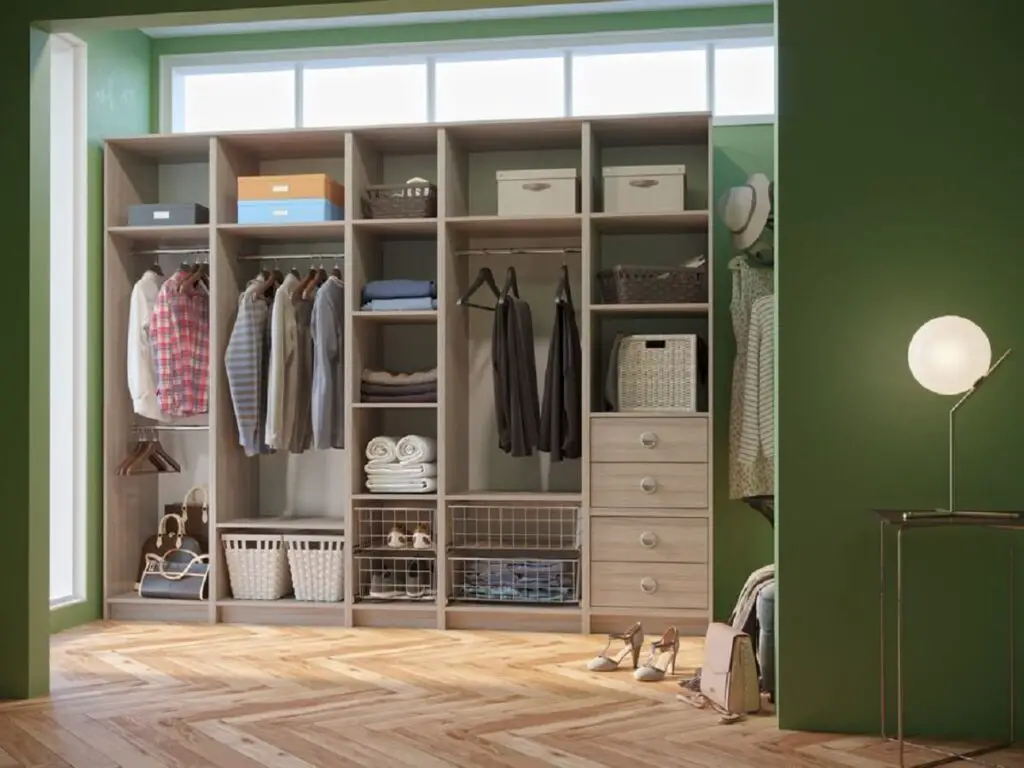
Conclusion
Building a built-in wardrobe with sliding doors can be a great way to maximize storage space and add a touch of elegance to any room. By following a few simple steps and using the right materials, you can create a functional and stylish wardrobe that will meet all your storage needs. Whether you are a seasoned DIY enthusiast or a beginner, this project is achievable with a little patience and effort.
Once you have all the materials and tools ready, you can start building the custom wardrobe. Begin by constructing the frame using the plywood or MDF boards. Make sure to secure the boards together with screws and reinforce the corners with wood glue. Then, attach the sliding door tracks to the top and bottom of the wardrobe frame. Install the rollers onto the doors and hang them on the tracks. Finally, add the handles to the doors for easy opening and closing.
Building a built-in wardrobe with sliding doors is a rewarding DIY project that can enhance the functionality and aesthetics of any room. With careful planning, the right materials, and the proper tools, you can create a customized wardrobe that fits your storage needs. Whether you are looking to maximize space in a small bedroom or add a stylish storage solution to your living room, a built-in wardrobe with sliding doors is a practical and elegant choice.



